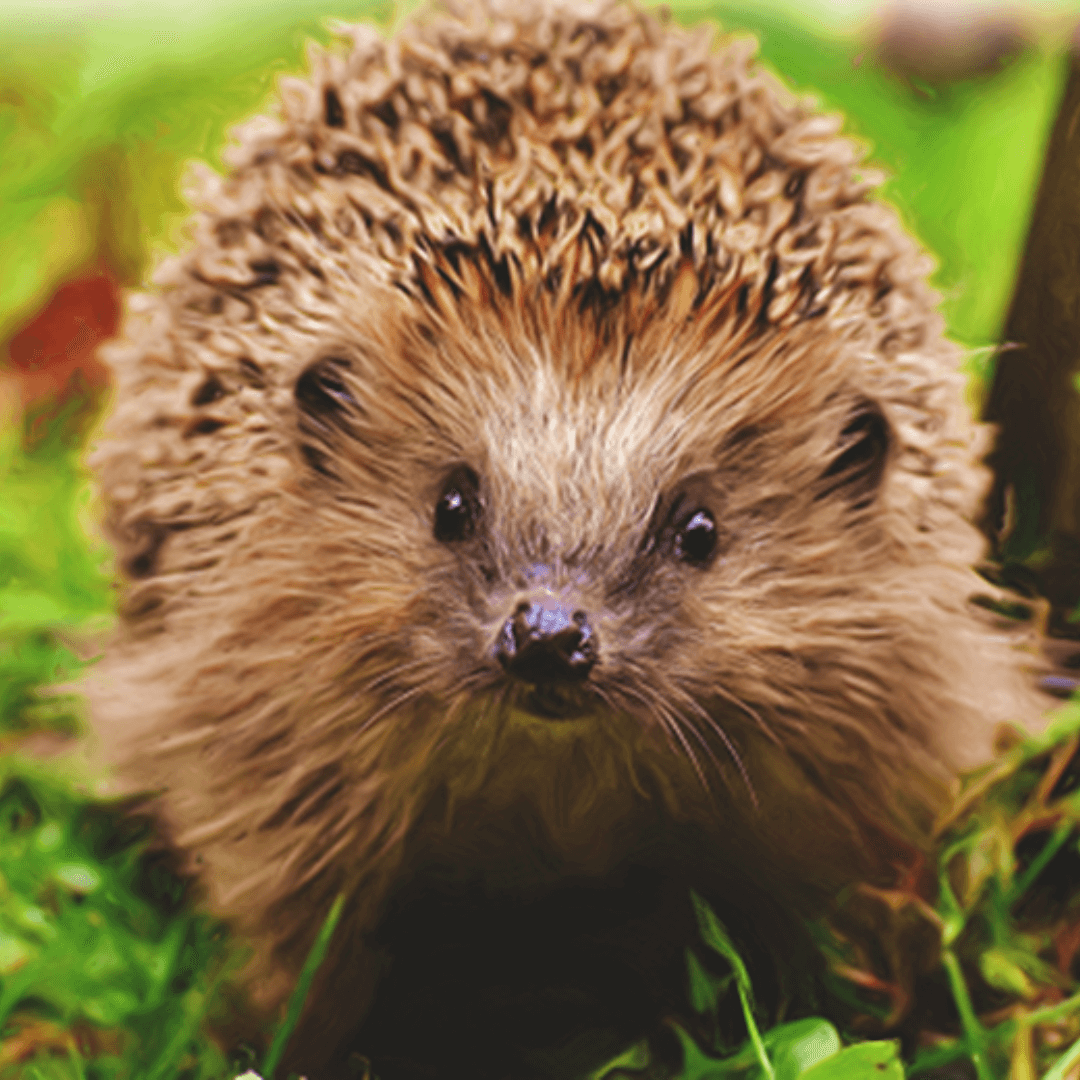Six easy tips to care for hedgehogs
Posted by Charlotte Cook on 21st Jun 2022
How to care for Hedgehogs
Can you help care for Hedgehogs too? Charlotte Cook, from Garden Wildlife Direct shares six tips to care for hedgehogs.
Since 2000, we have lost more than half the population of rural hedgehogs and a third of those who live in urban areas. In 2020, the hedgehog was classified as vulnerable to extinction. Part of the reason for the decline is the sprawling construction urbanising our countryside. Added to this, we are intensively farming, and so essential habitats are being lost. There are lost food sources and nesting areas, which means one of our favourite mammals is in serious decline.

While we can be distressed by these facts, we can also do something about them. Caring for hedgehogs is relatively easy. Our gardens can provide the perfect haven for hedgehogs, and we can also provide the food and water that will offer everything they need to flourish. Here we offer advice on creating the perfect hedgehog habitat and what to feed these little spiky critters.
Tip 1: Give them access to your garden
A single garden cannot offer everything that hedgehogs need. Therefore, you need to create a community of helpers among your neighbours. What does this mean? You need to give a gap in your fence for the hedgehog to get into your garden, and so do your neighbour and their neighbour. This highway for hedgehogs will provide enough space for food, shelter, and a place to mate.
Creating this passage of safety is essential for the survival of this species. By joining the hedgehog highway in your area, you can provide places where they can travel their average of 2 km per night. To do this is simple; cut out a 12 x 12 cm hole in the bottom of your fence or remove a brick from a garden wall. This is enough space to allow a hedgehog to roam without encouraging predators into your garden too.
You can strengthen this access with a hedgehog crossing tunnel, strengthening the opening, and discouraging people from blocking this access.
Tip 2: Plant hedgerows
Hedgehogs love hedges, hence, the name. Much of the hedgehog numbers problem comes from the loss of wild hedgerows due to farming strategies. Therefore, planting indigenous species for hedging will provide a secluded place for the hedgehog to nest and food for it to eat. These native species will attract various wildlife, which will all benefit the hedgehog. Choose from holly, hazel, hawthorn, beech, buckthorn, dog rose, and others.
Tip 3: Also, choose native plants
Hedgehogs don't eat plants, but they eat the insects that love to feed off our plants. Therefore, if you want to attract hedgehogs, you want these insects to come for a small mammal feast. Wildflowers native to the UK are the best food source for the creatures that will provide a food source for mammals. You are not limited to these wildflowers, though; there are plenty of others to choose from, such as cornflower, poppies, campion, geraniums, jasmine, honeysuckle, and many more.
Tip 4: Leave out other food and water
While hedgehogs love the slugs, snails and invertebrates that like to eat your plants, this might not be enough to keep the hedgehog up to weight. It needs a lot of insects to survive and must forage hard for these. Many hedgehogs cannot find enough as they are harder to find; hence, you could supplement their diet with other food sources. You can put out cat and dog food, both meat and biscuits. There are also hedgehog foods available from your local garden centre.
Place this shallow dish of food into a sheltered area of your garden. The best time is just after dusk. Ensure that you place a shallow dish of water beside this, too, out of the way of predators. In nature, hedgehogs drink from puddles and dew; hence the dish must be easy to access. Garden ponds can be a good source of water but be sure to offer a shallow end and a slope that acts as a ramp for the hog.
Tip 5: Create a compost heap
A wonderful natural shelter for a hedgehog is a compost heap, if you are careful with the fork when turning it over. It is a secluded spot, warm and dry and with a plentiful supply of insects. It is somewhere that a hog can hibernate and nest.
If you want to turn your compost, which helps aerate and encourage decomposition, do this in mid-spring and late autumn, when the hogs are not asleep or when the babies are nesting. If you don't
fancy maintaining this compost heap, you can create a small pile of logs and leaves, which offers the same sort of shelter and food source.
Tip 6: Build your hedgehog a house
Natural cover is the preferred option for hedgehogs. However, where this isn't possible, you might want to build a house for your hedgehog in urban areas. An artificial house is very simple to create. Overturn a plastic storage box or crate and cut an entrance about 13 x 13 cm. Add some dry leaves or straw inside for bedding, and place it in your garden's shaded, quiet area. Then, cover the top of the box with leaves, soil, grass cuttings, etc., to act as camouflage.
Be aware that hedgehogs don't sleep and eat in the same place. Consequently, you should leave food in a different place.
Summary
Hedgehogs are an important part of our natural world, and we want to do what we can to keep a healthy population. Much of our behaviour is inconsiderate to these creatures, and so removing hazardous chemicals from our gardening. Stopping our use of slug pellets and weed killers is an important starting point.
If you are already doing this, you can be even more considerate by caring for the hedgehog's need for food, shelter, and water.


